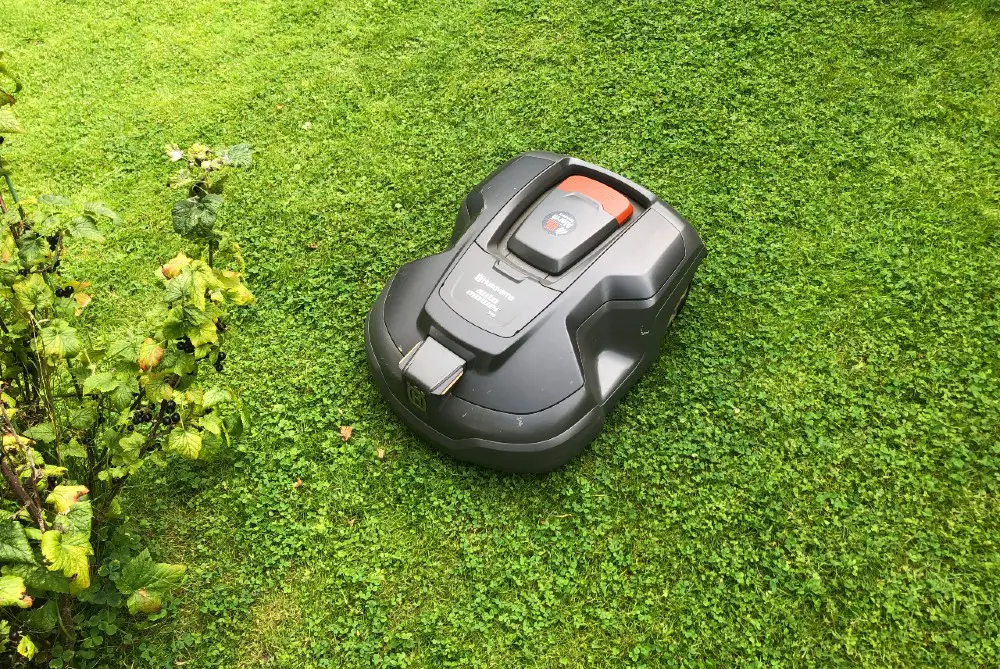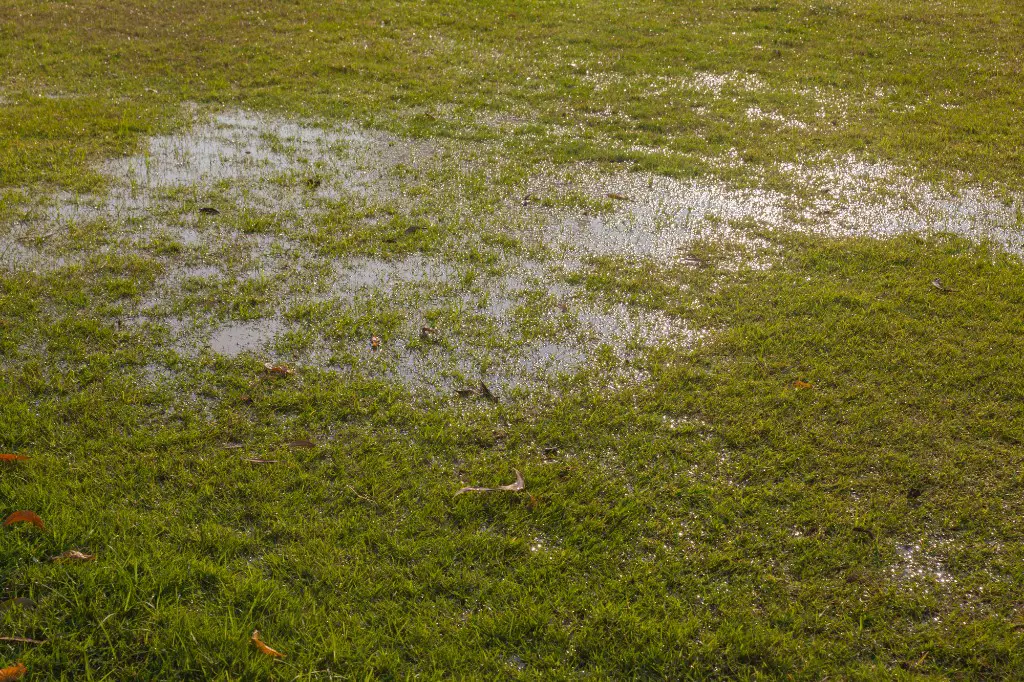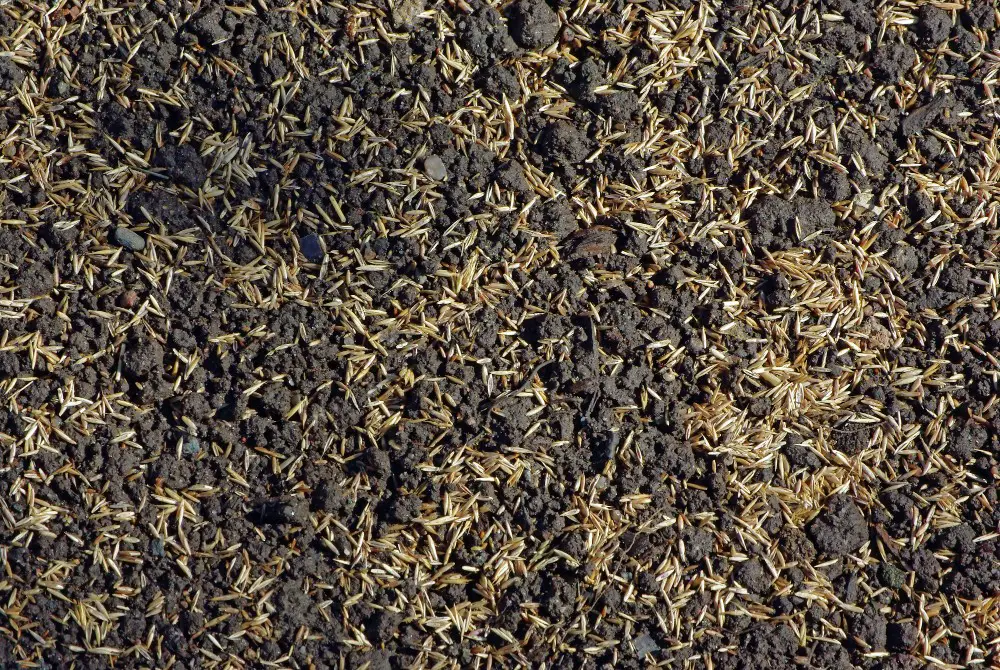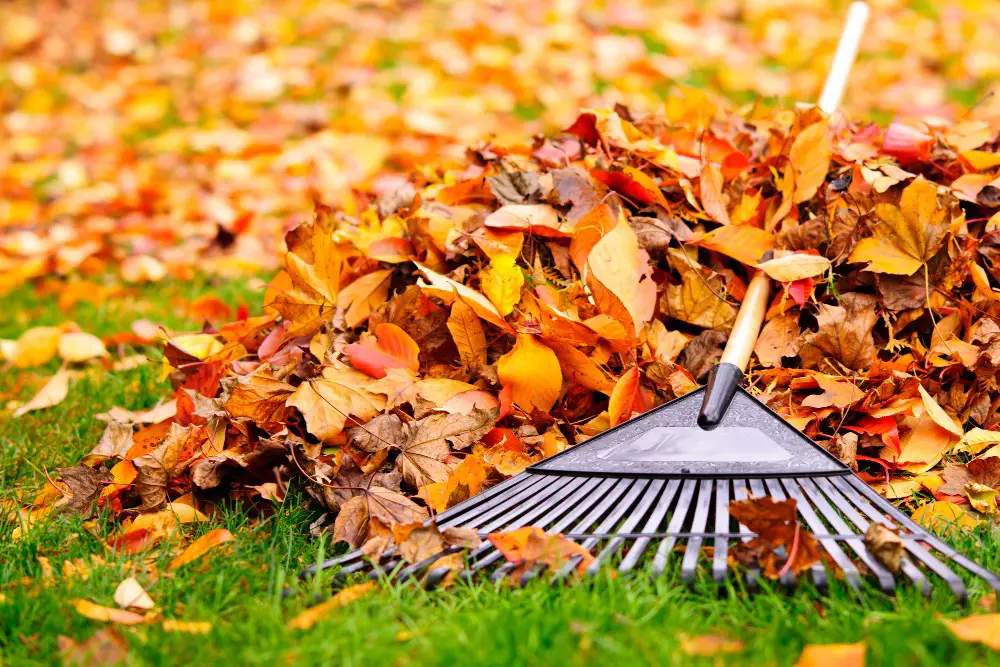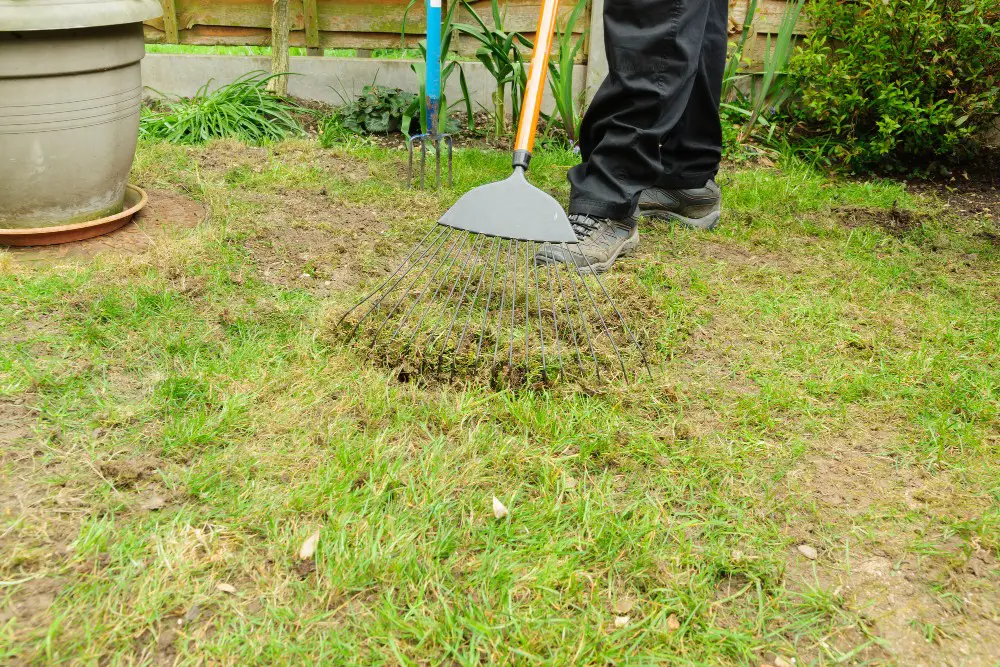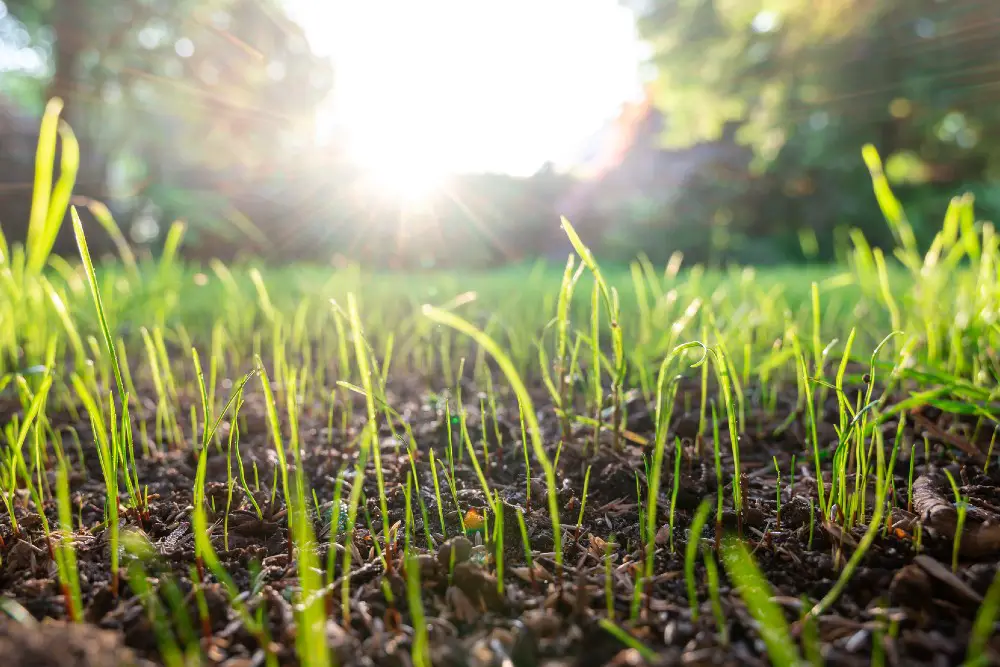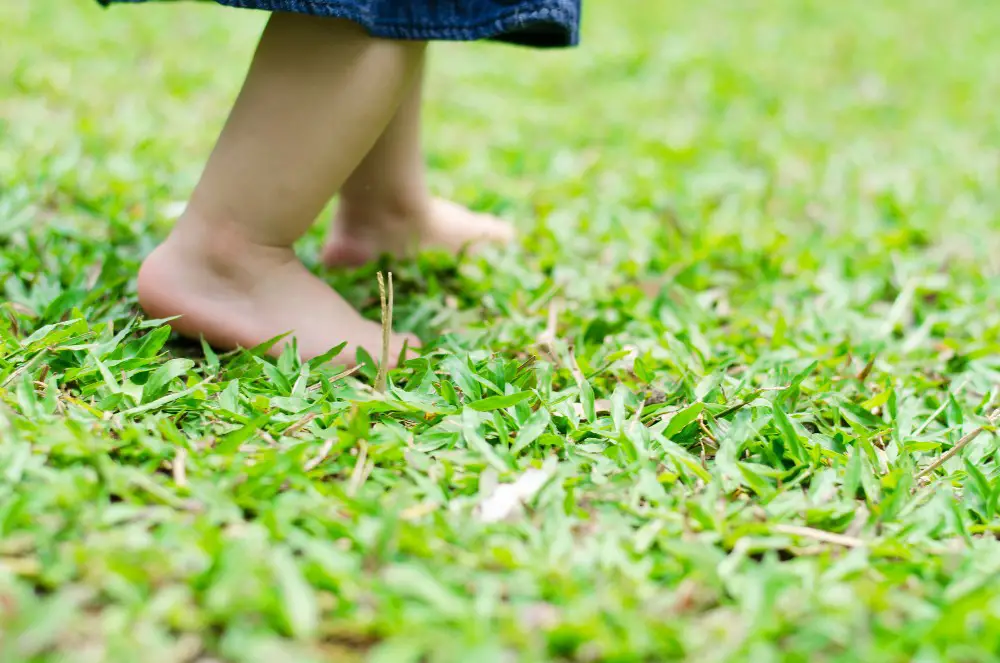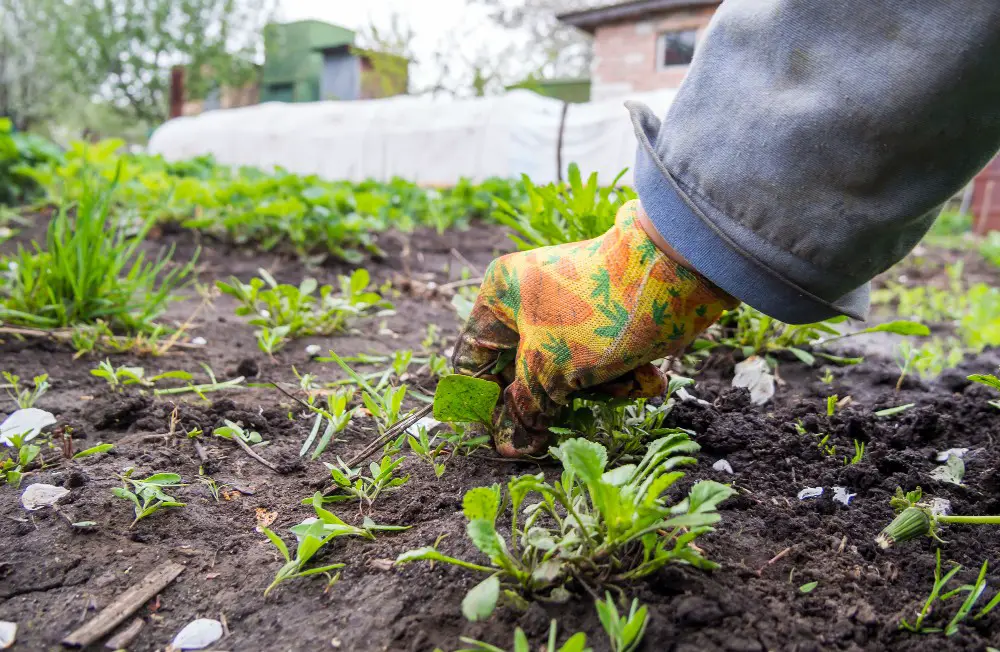How to Cut the Grass Without a Lawn Mower
Keeping your lawn looking great can be both fun and a bit tricky, and it gets even more interesting when you can’t use a lawn mower. Maybe your mower is broken, you’re thinking about the environment, or you just want to try out old-school ways of cutting grass. There are still plenty of good methods […]
How to Cut the Grass Without a Lawn Mower Read More »


